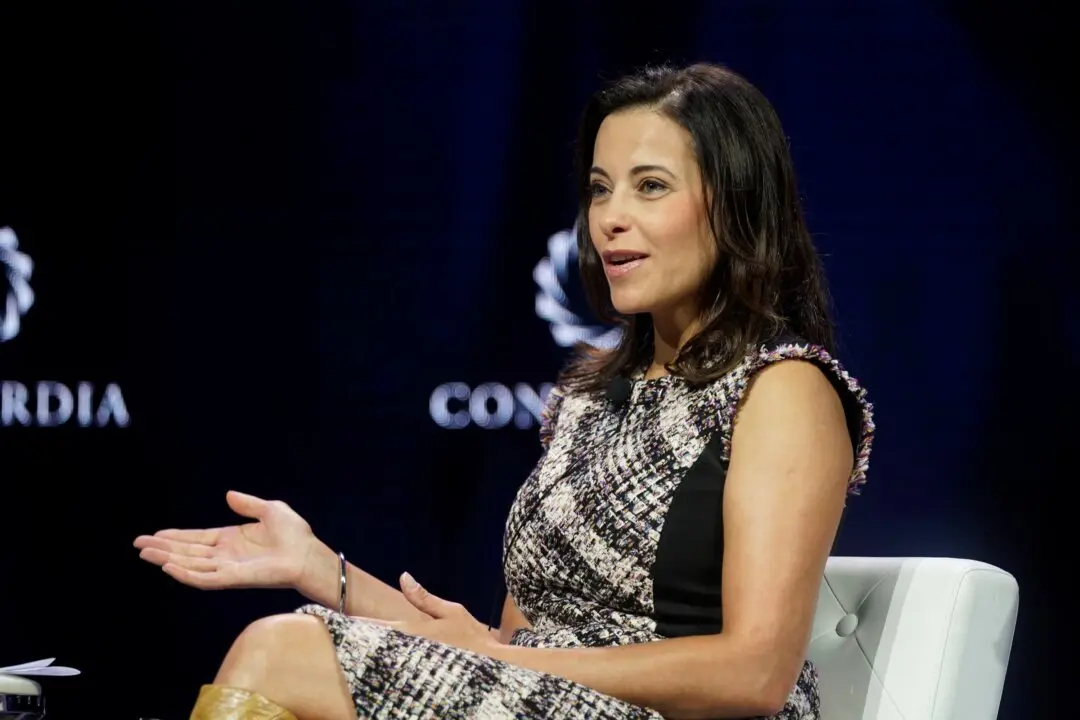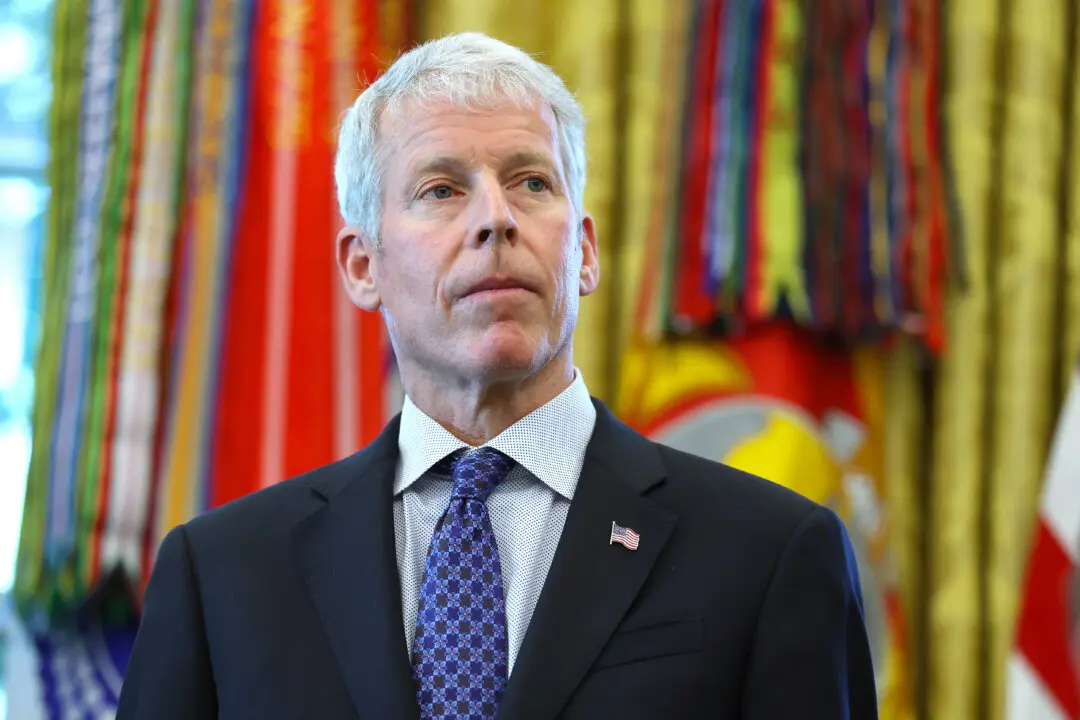Some 45,000 public school students in Portland, Oregon, returned to classrooms on Nov. 27 following a teachers’ union strike that has dragged on for more than three weeks.
The strike, which had kept 81 schools across the city closed since Nov. 1, was finally put to an end on Nov. 26 after Portland Public Schools (PPS) and the Portland Association of Teachers (PAT) reached a tentative deal.





